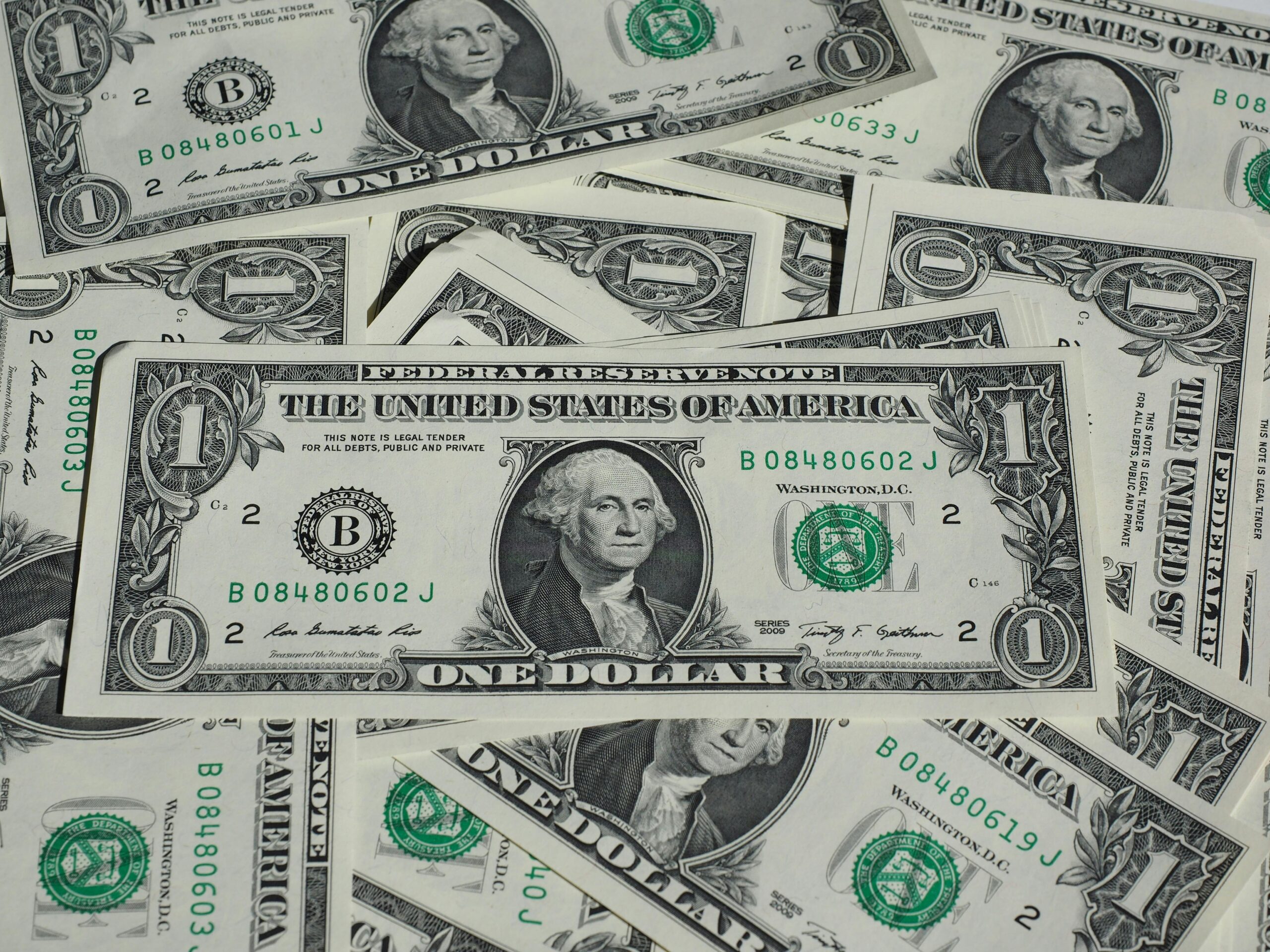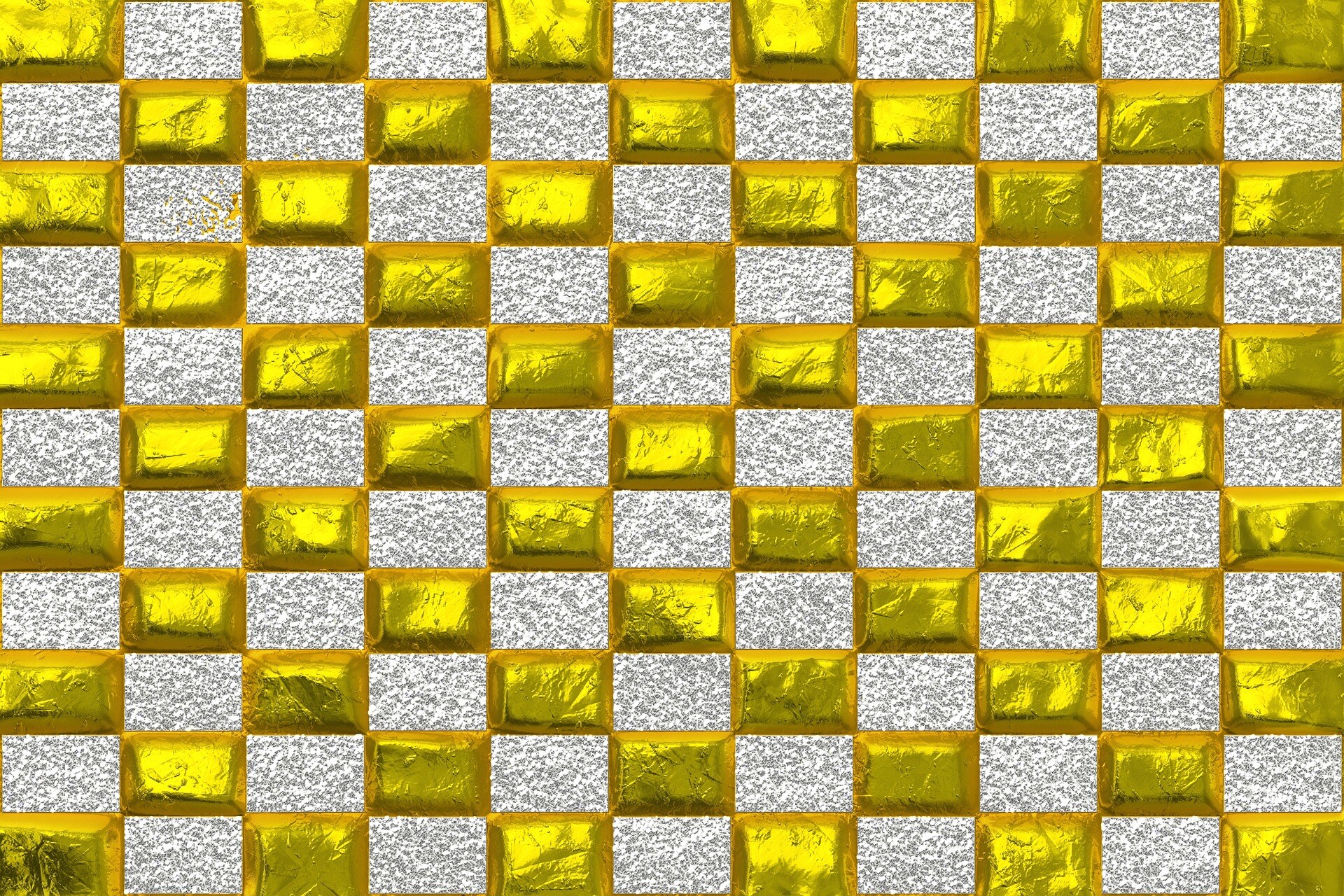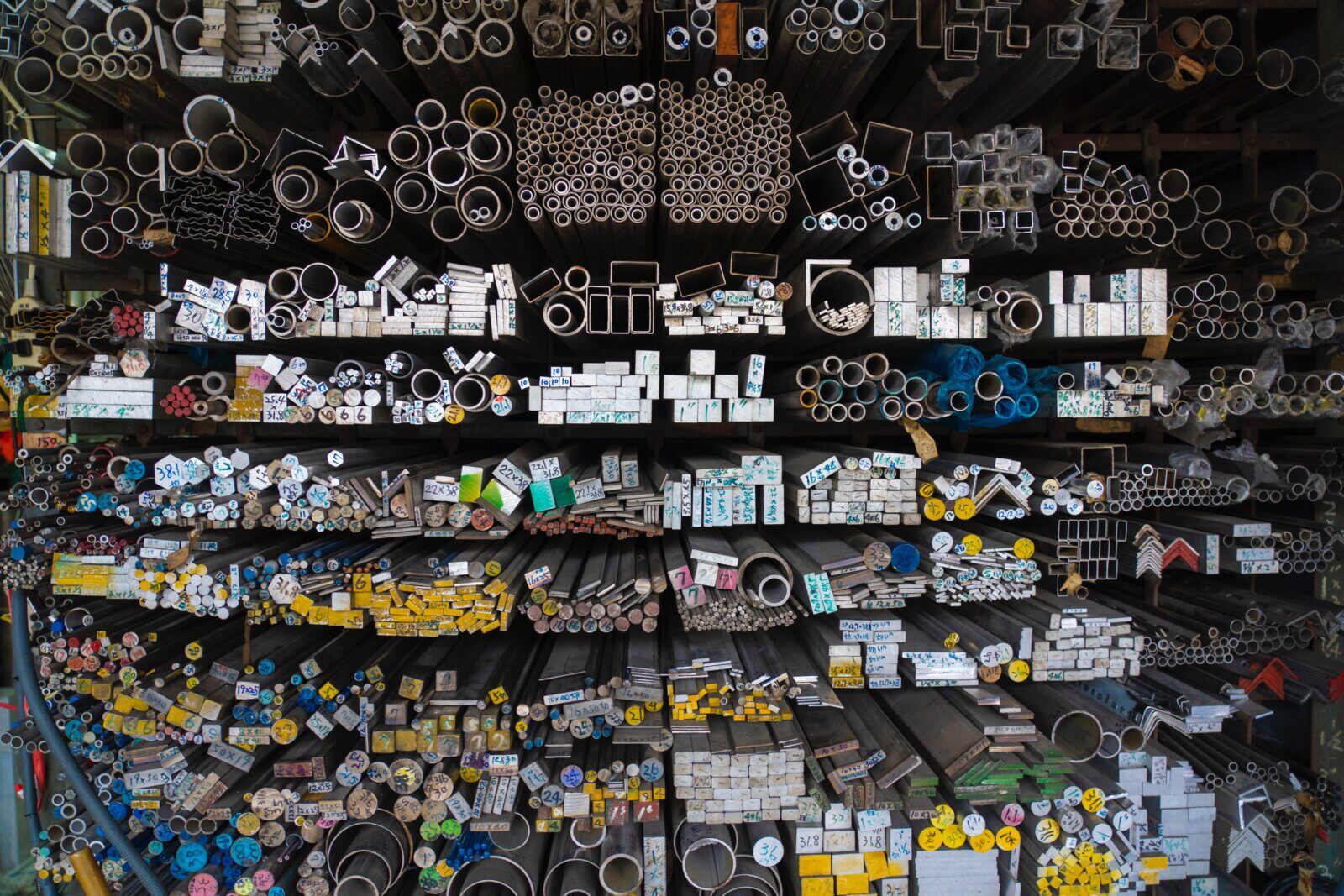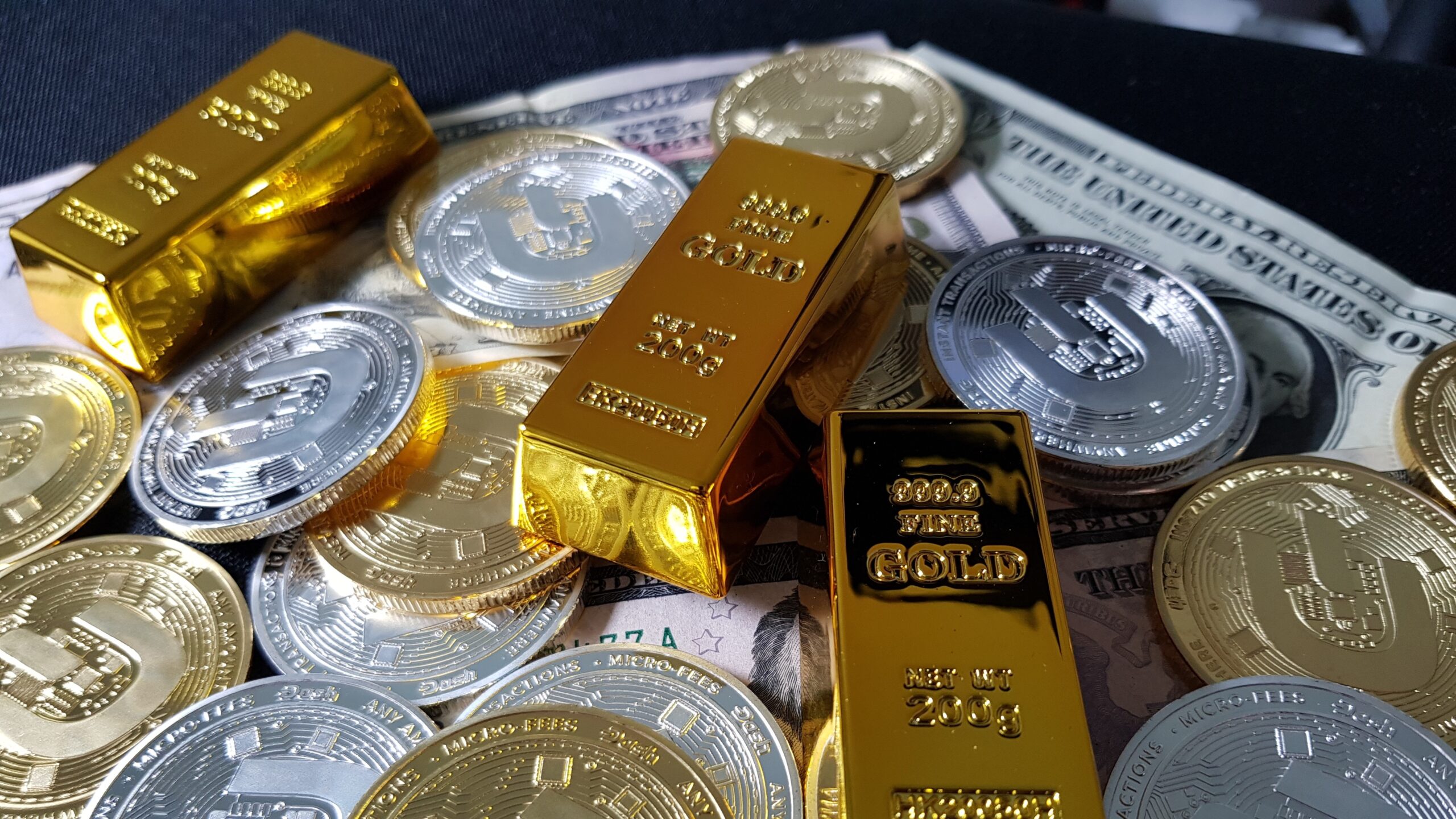What You Need To Know Before Investing in Gold & Silver?
Damion briefly addressed this in ‘The Quick & Dirty Guide to Gold & Silver‘ Given the growing interest in tangible assets, it’s worth revisiting the...

We’ve all heard both words and most people use them interchangeably. However, there is a big difference.
Currency is basically the physical or digital form of money that we use in our everyday transactions.
It’s the coins, banknotes, or electronic payments that we rely on to buy goods and services. It’s the dollars that you use when you go shopping or pay for things online.
But here’s the thing about currency: it’s just a representation of value.
It doesn’t actually have any value in itself. It’s simply a medium of exchange that we all agree to use. The government or central authority is responsible for issuing and regulating the currency.
The problem with currency is that it tends to lose value over time.
You’ve likely noticed that the prices of goods and services keep going up. Well, that’s because our currency is losing its purchasing power. As more and more units of currency are added into circulation, its value decreases. This will continue on forever as long as we’re on a fiat system using created dollars which are just pieces of paper with no true value.
So, even if you have a certain amount of currency, let’s say $25,000, in the bank for a long time without earning any interest, its purchasing power will be eroded away over time. You actually become poorer the longer the currency sits there. That same amount of currency won’t have the same value it did years ago.
The estimated price of a new house 50 years ago was around $25,000. Today, that amount represents less than 10% of the current cost of a house.
Money, on the other hand, is a broader concept…
It includes not only currency but also other financial assets and instruments. Money has intrinsic value. It’s not created out of thin air like currency.
Money can hold its purchasing power over a longer period of time.
I’ll use the popular example of a men’s suit to make the point: In 1900, a top-tier men’s suit cost about $35. At that time, you could buy an ounce of gold for about $20. So, buying that suit would’ve cost you roughly 1.7 ounces of gold.
Today, a similar high-end suit costs around $2,000. With gold currently priced at $1,980 an ounce, that suit now costs just a tad over 1 ounce of gold. Had you just kept the $35 cash you had originally, you wouldn’t come close to getting a nice suit today.
Money is a true store of value.
While currency is what we use in our day-to-day transactions, it’s losing value over time. Money, on the other hand, has intrinsic value and can help protect your purchasing power and wealth in the long run.

Damion briefly addressed this in ‘The Quick & Dirty Guide to Gold & Silver‘ Given the growing interest in tangible assets, it’s worth revisiting the...

If you’re like most, understanding the precious metals market can be challenging, with its complex terms and market dynamics.

Let’s start by decoding a common misconception: not all silver or gold is created equal. There’s a vast difference between owning a piece of paper...